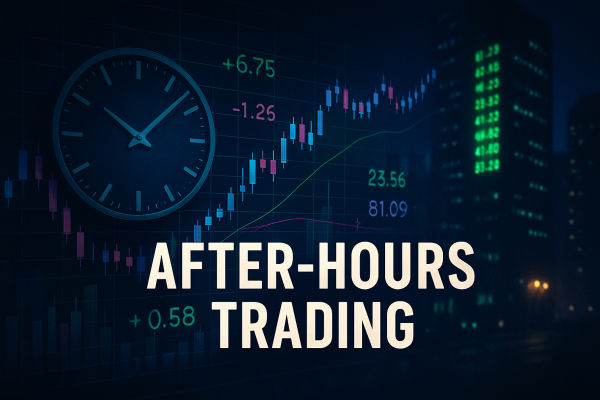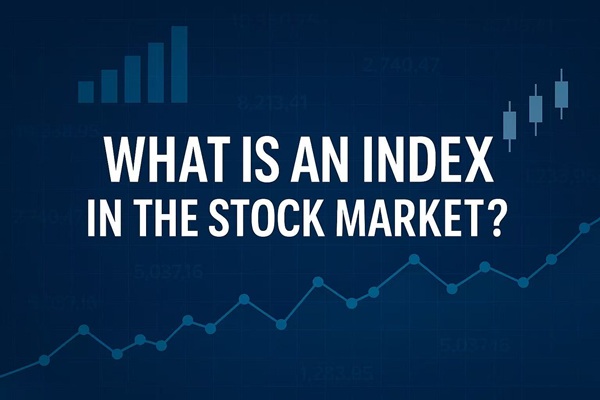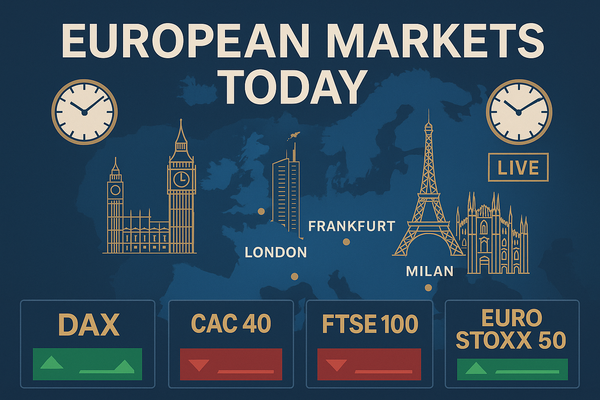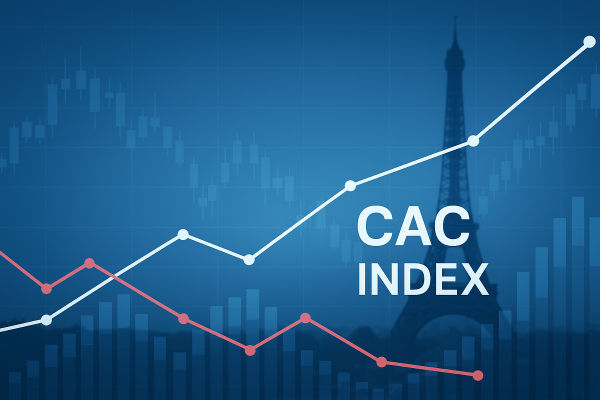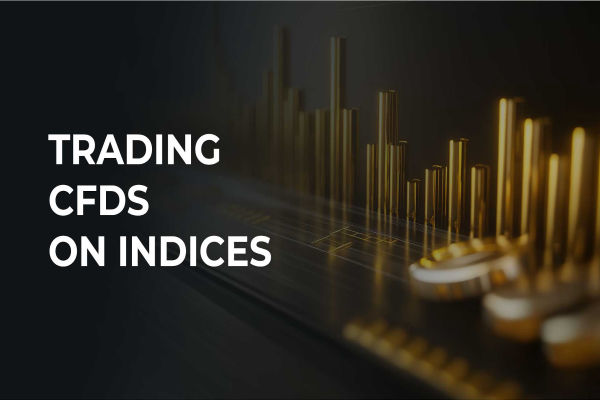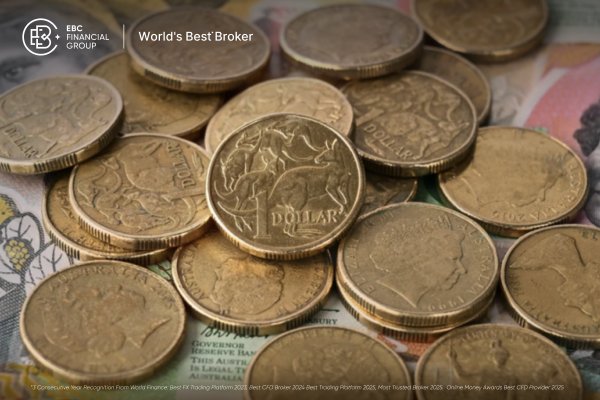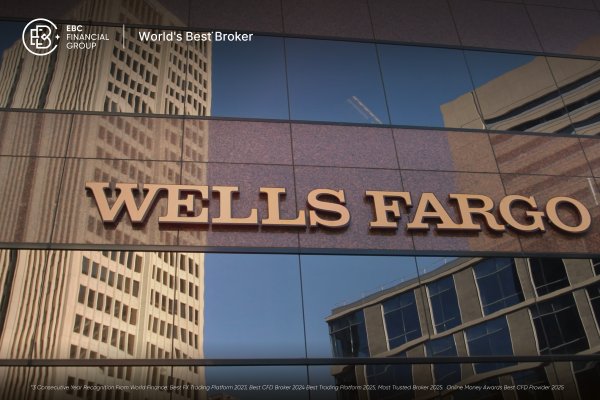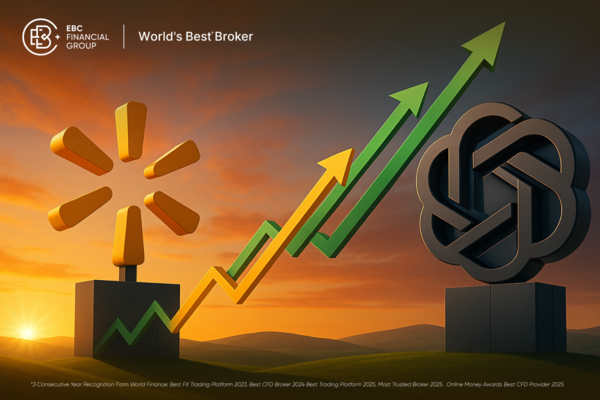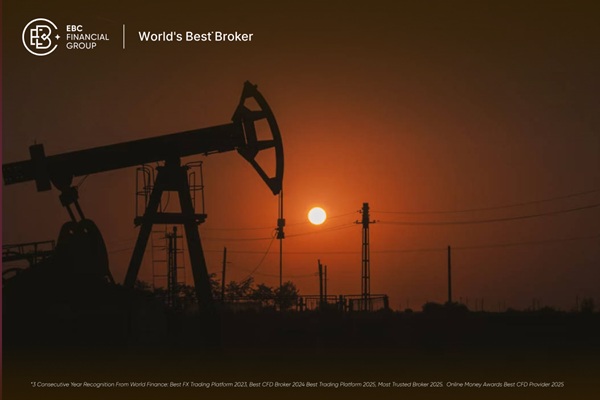In 2025, global equity benchmarks are under the spotlight as geopolitical volatility, central bank policy shifts, and structural trends continue to shape investor decisions.
Two of Europe's premier blue‑chip indices—Germany's DAX 30 (expanded to DAX 40 since 2021) and the United Kingdom's FTSE 100—offer distinct exposure to their respective economies and sector profiles.
Understanding their differences, strengths, and risks is key to crafting a diversified, resilient portfolio.
What Are the DAX 30 Index and FTSE 100?
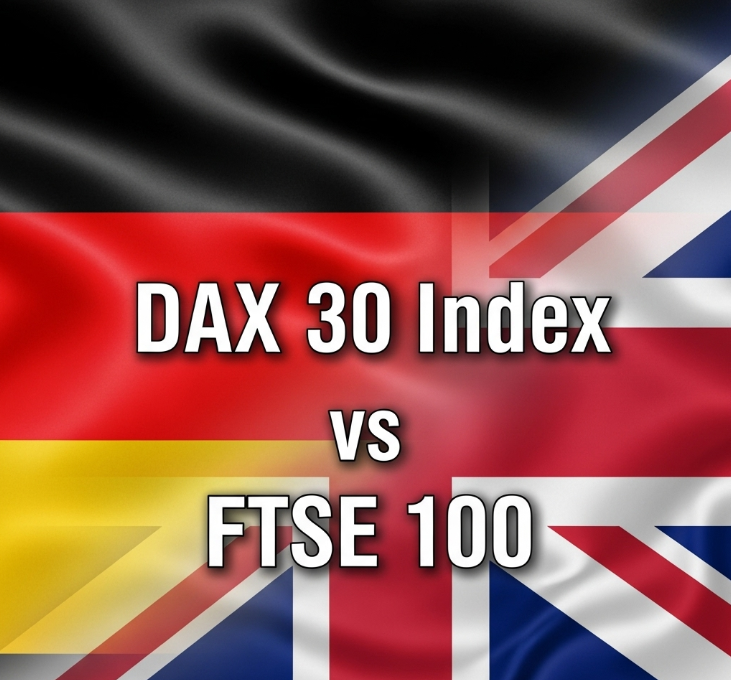
The DAX, operated by Deutsche Börse, tracks Germany's 40 largest listed companies by free‑float market cap, representing heavyweight players in global aerospace, automotive, industrials, finance, and technology. As of March 2025, the index's total market capitalisation sits at approximately €1.89 trillion.
The FTSE 100, run by FTSE Russell and based on the London Stock Exchange, includes 100 of the largest UK-listed companies by market cap.
Though UK-focused in listing, its constituents earn the majority of revenue abroad, providing global exposure in sectors such as energy, materials, financials, and consumer goods. It reached an all-time high of 8,975.66 points on July 10, 2025
Historical Performance & 2025 Highlights
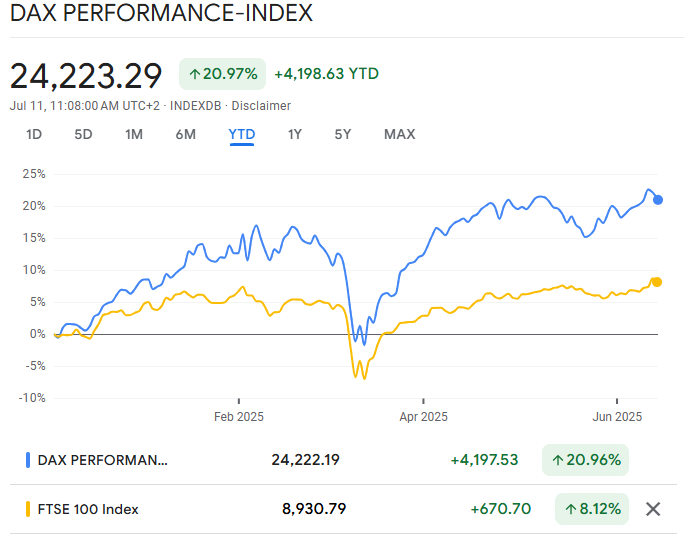
Over the long term, the DAX has outpaced the FTSE 100. From 2000 to 2025, Germany's index offered stronger annualised returns, driven by industrial strength and consistent dividend reinvestment.
In 2025 alone, the DAX has led with gains exceeding 20% as of mid‑year, buoyed by Germany's growth-focused political agenda. The FTSE 100 also etched new highs, climbing over 9% year‑to‑date, spurred by surging commodity and defence stocks amid trade optimism and a weaker pound.
DAX 30 Index vs FTSE 100

1) Sectoral Makeup and Economic Exposure
The DAX, the German powerhouse, is dominated by industrial and auto‑heavyweights (Siemens, Volkswagen, Mercedes, BMW), with additional exposure to financials (Allianz, Deutsche Bank) and technology like SAP and Infineon.
In contrast, the FTSE 100 is concentrated in energy, materials, consumer staples, and financials, with significant multinational exposure from companies like BP, Shell, HSBC, and GlaxoSmithKline.
While the DAX is more cyclical—sensitive to eurozone industrial demand—the FTSE 100 offers stability through globalised dividends and commodity exposure. A weaker pound enhances FTSE returns for international investors by magnifying offshore earnings when converted back to a weaker local currency.
2) Volatility and Risk Factors
The DAX, driven by manufacturing, tends to experience sharper drawdowns during economic slowdowns. For example, central bank rate pressures from the ECB, BOE, and SNB in June 2025 pushed both indices lower, with the DAX extending a sharper decline.
The FTSE 100, though exposed to global energy and resource cycles, often proves more stable during eurozone slowdowns. Its dividend cushion and defensive sectors provide some insulation, although its sensitivity to currency and global policy means volatility is still a factor.
3) Dividend Yields and Income Potential
Income-seeking investors often favour the FTSE 100. With yield expectations around 3.8–4.0% in 2025, it remains one of the world's most attractive income indices, second only to Hong Kong's Hang Seng. High dividends and frequent share buybacks (£56.5 billion in 2024) improve investor yield alongside price returns.
The DAX, although inclusive of dividend-paying firms like Allianz and Siemens, reinvests dividends directly in its total return calculation. Its yield typically trails that of the FTSE 100, reflecting Germany's lower payout ratios.
4) Currency Influence
Exchange rates play a crucial role. The FTSE 100 benefits when the pound weakens, boosting returns for non-sterling investors via stronger FX translation. In early 2025, sterling dropped over 9% against the USD and euro, aiding overseas earnings.
The DAX lacks this buffer, with its euro-denominated revenues offering stability but no FX tailwind. It may reduce downside risks for eurozone investors, but provides fewer return increases for those investing from weaker-currency regions.
5) Investment Access and Instruments
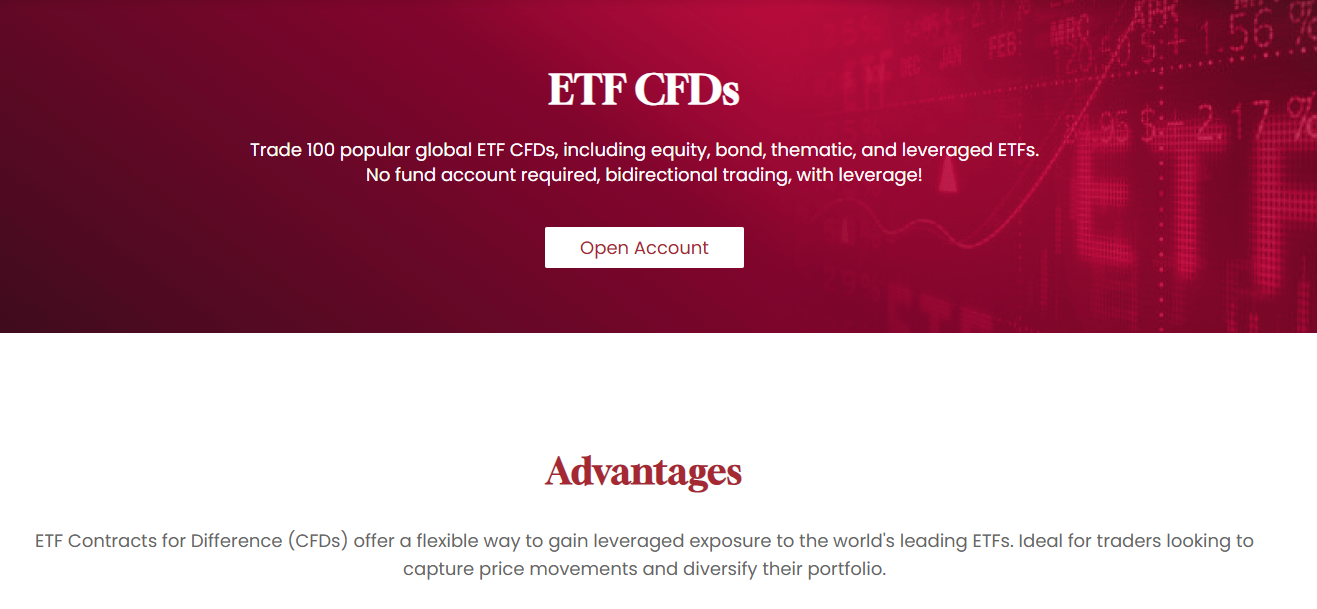
International exposure to both indices is straightforward via ETFs and CFDs from brokers such as EBC. The iShares Core DAX UCITS ETF offers direct access to Frankfurt-listed firms, while derivatives like dax futures trade on Eurex under tight spreads.
In the UK, popular trackers like iShares FTSE 100 UCITS ETF (ISF) provide transparent, low-cost exposure. Futures contracts (UKX on ICE Futures Europe) offer leverage for short-term strategies.
6) Advantages
The DAX excels in capturing GDP-related gains during economic expansion, providing industrial sector leverage paired with technology upside. It suits cyclical growth investors seeking Germany's engineering-heavy rebound.
By contrast, the FTSE 100 appeals to income investors and those wanting diversified currency exposure. Robust dividends, lower volatility during eurozone downturns, and commodity-linked upside make it ideal for conservative portfolios.
Forecasts and Outlook for Investors
The latest sentiment remains cautiously optimistic for both indices. Analysts forecast the FTSE 100 could edge toward 9,000 by mid-2025, while the DAX, buoyed by German government spending initiatives and Germany's economic leadership, may continue outperforming.
However, half of the investors surveyed expect a 10% correction in European equities overall before a recovery into 2026. This shared risk suggests portfolio diversification should leverage both indices to balance cyclical strength with yield buffering.
Which Index Is Best for Investors?
Ultimately, choosing between the DAX and FTSE 100 comes down to individual goals:
Growth-focused investors with higher risk tolerance may find the DAX appealing for its industrial leverage and innovation exposure.
Income/growth balance seekers benefit from the FTSE 100's stable dividends and currency-based upside.
Long-term portfolio builders may blend both to balance cyclicality, income, and diversification.
A balanced European equity allocation might feature a 50/50 split between DAX and FTSE 100 ETFs, adjusted according to risk tolerance and investment horizon. Conservative portfolios might lean more toward the FTSE 100 for yield; growth-oriented ones may overweight the DAX.
Investors should also consider macro adjustments: lean into UK exposure during pound weakness, shift toward German names amid ECB stimulus, and stay attentive to central bank policy cycles.
Conclusion
In conclusion, there's no universal answer to which index is better—the choice depends on your individual investment objectives.
For long-term capital growth and sectoral evolution, the DAX provides cyclical strength and engineering-led upside. For stability, yield, and multisourced return, the FTSE 100 is a reliable anchor.
Disclaimer: This material is for general information purposes only and is not intended as (and should not be considered to be) financial, investment or other advice on which reliance should be placed. No opinion given in the material constitutes a recommendation by EBC or the author that any particular investment, security, transaction or investment strategy is suitable for any specific person.










